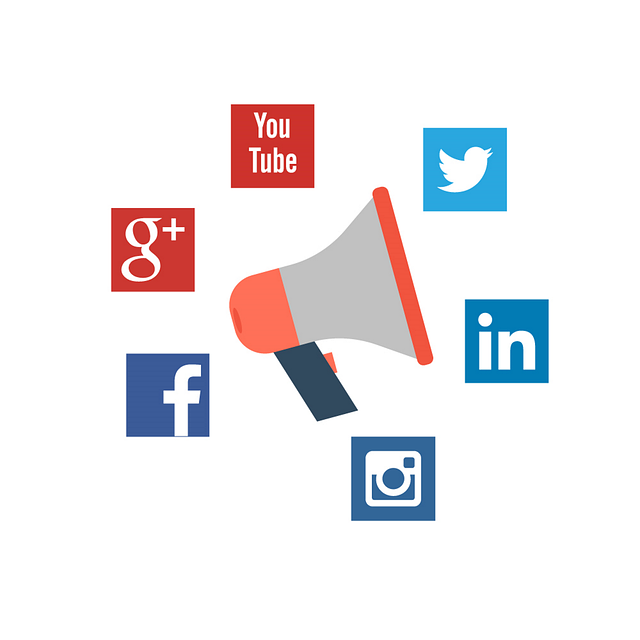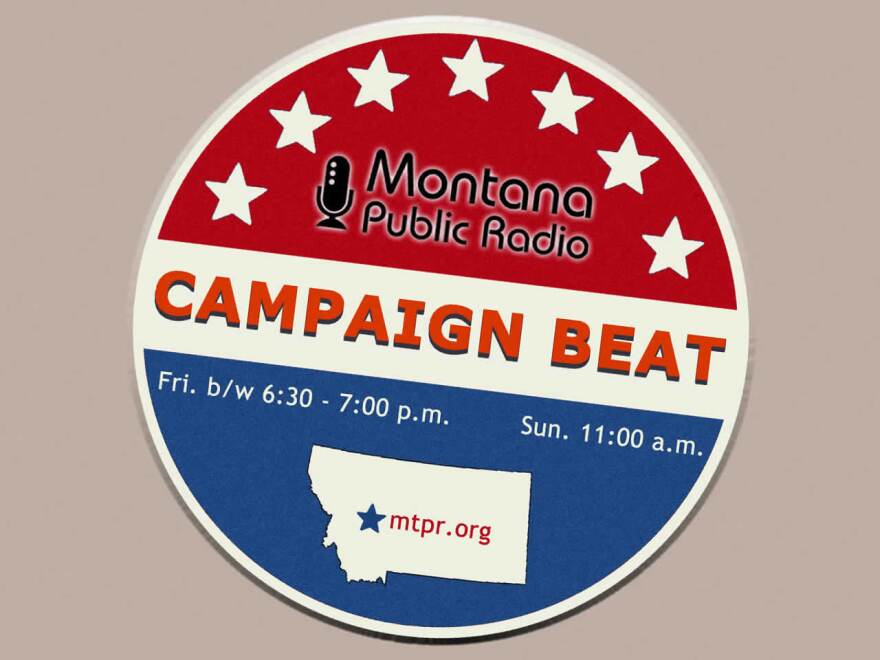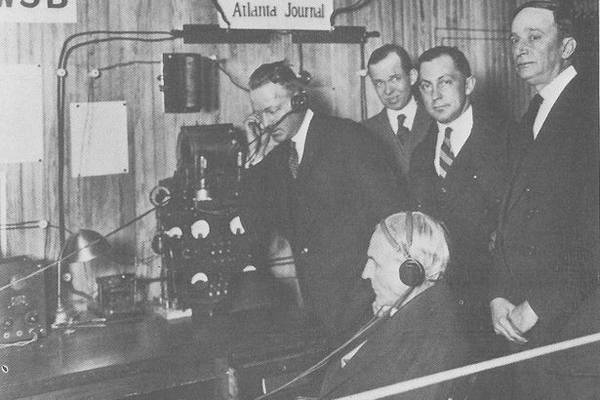
Listeners connect and are engaged by radio ads. They are memorable, entertaining, and offer the opportunity for the audience's participation in the creation of the imagery. These ads can have anything from whimsical to evocative and don't need to contain a lot of jingles.
A lot of research is required to develop radio ads that are effective. It is important to understand your target audience, your competitors, and your product. Finally, you will need to decide the best way to communicate your message to your target audience. Although most advertisers don't focus on creativity when advertising on radio, it's possible to end up with a boring ad campaign.
The right ad will showcase your product and help you identify the best radio ads. You can do this by focusing on what your listener wants and needs and creating a memorable ad that delivers on those goals. Using the right ad can also help you to create a believable brand. You can advertise your brand using bungee jumping ads to attract attention and educate listeners about the benefits of your product.

A bungee jump ad might sound great, but it will not be enough to draw people in. For example, if you're marketing home insurance to young teenagers, you'll need to be a little more creative with your messaging. That's not to say you can't use the old "let's buy you a beer" line, but you should be more strategic.
Radio ads are best when they use the most innovative techniques. There are several ways to do this, from using the radio's own attributes to creating a visually-stunning advertisement. A great example of this is the Toyota Avensis “Meeting” advertisement. It's funny and memorable, with a toe-curling line that resembles a con and a real-life story.
Sometimes the most effective radio advertising is also the easiest. It's all about using the right music, words, and visuals to get your point across. This is the best method to ensure that your ad is successful. If you aren't sure what to do, you can experiment with different ad formats.
Your radio ad should be compelling enough to get your listeners buying your products. You can achieve this by making sure your ad grabs their attention and gives them a compelling reason why they should do business with you. Remember that you only have one chance to grab their attention. This is why you need to stand out above the rest.

Last but not least, the radio ad that stays with its listeners for the longest time is the best. A consistent voice and clear message are essential for this. If your audience isn't interested in your message, they won’t hear your advertisement. You should also ensure that your ad doesn't interrupt the flow of their listening with long acoustic ranges and droning music.
FAQ
Why should you use social media to promote your business?
Social Media Marketing, or SMM, allows you access customers directly on social networks, such as Facebook, Twitter LinkedIn YouTube YouTube Google+. These networks can be targeted with keywords.
This advertising strategy is cost-effective as it costs less than traditional methods to market online. It also allows you to build strong relationships with your current and potential clients.
It is simple to get started using social media for your business promotion. You only need a smartphone or computer and internet access.
What is an advert buyer?
An advertiser buys advertising space on TV, radio, print media, etc.
Advertisers pay only for the time their message is to appear.
They don't necessarily look for the best advertisement, but instead seek out the most effective way to reach their target market.
An advertiser might have information specific to their potential customers such as age and gender, marital status or occupation, hobbies, interests, income, etc.
The advertiser can use this data to determine which medium will work best for them. For example, they might decide that direct mail would be more effective with older audiences.
Advertisers also look at the competition. Advertisers may decide to place their ads in close proximity to similar businesses.
In addition, advertisers consider the size of their budget and the amount of time they have to spend their money before it expires.
What should you know about TV advertising?
Television advertising is an extremely effective medium for reaching many people at once. It was also quite expensive. It can still be very powerful if used correctly.
Although there are many kinds of TV ads to choose from, all share the same characteristics. Planning any TV ad should start with ensuring it fits in its category. It is not a good idea to try and run a lifestyle TV commercial while running a product or service commercial. Your message should be consistent throughout the entire campaign.
Second, prime-time hours are the best times to air your ads. This is because TV viewers often relax while in front of the screen. They should be able to concentrate on what you are saying.
Last but not least, just because you have a lot of money does not mean that you will get great results. Actually, it could be the contrary. According to University of California research, commercials airing during popular shows are less likely to be seen and sell more products than those which air during unpopular shows. Make sure you are doing it right if you're spending a lot on TV advertising.
What is advertising's main purpose?
Advertising is more than selling products. It's about building an emotional connection with your customers.
Advertising is communicating ideas and values. It's about changing minds and attitudes. It's about building trust.
It's about helping people feel good about themselves.
But if you don't know what your customers want, you can't sell anything to them.
So before you start any advertising project, you should first understand your customer's needs and wants, and buying habits.
This will allow you to create ads that resonate with your target audience.
What is the cost of advertising on social media?
You should be aware that social media advertising costs money. You will be charged monthly based on how much time you spend on each platform.
Facebook - $0.10 per 1000 impressions
Twitter - $0.20 Per 1,000 Impressions (if you tweet).
If you send invitations, Linkedin: $0.30 per 1,000 impressions
Instagram - $0.50 Per 1,000 Impressions
Snapchat - $0.60 Per 1,000 Impressions ($0.40 per User)
YouTube - $0.25 for 1,000 views
Tumblr: $0.15 per 1,000 impressions of text posts
Pinterest - $0.05 per 1,000 impressions per month
Google + $0.15-$0.20 for 1,000,000 impressions
Tumblr- $0.15-$.20 for 100,000 impressions
Vimeo - $0.20 - $0.25 for 10,000 impressions
Soundcloud - $0.20 - $0.0.25 for 1,000,000 plays
StumbleUpon - $0.20 -$0.25 per 1 billion pageviews
Digg - $0.20 to $0.25 per 1000 diggs
Reddit - $0.20-$0.25 per 1000 comments
Wordpress - $0.20 - $0.25 for 500 comments
Flickr - $0.20 -- $0.25 per 5,000 photo uploads
How can you choose your target audience?
Begin by talking to yourself and people close to you. Do you not know where to start? Ask yourself "Whom do I want to reach?"
Ask yourself these questions. Who are the most influential people within my industry? What are the problems they face daily? What are their top talents? You can find them online.
Go back to the beginning when you started your business. What was your motivation for starting? What problem solved you for yourself? How did that happen?
These questions will enable you to identify your ideal client. You'll also learn more about what makes them tick and why they buy from you.
Look at your competitors' sites and social media pages for clues as to who they cater.
Once you have identified the target customers, it is time to decide what channel(s) you want to use to reach them. If your company offers services to real estate agents you might make a website that targets home buyers.
A blog that targets small-business owners could be a possibility if you are a software provider.
If you sell clothing, you can create a Facebook fan page for teens. Or if you're a restaurant owner, you could set up a Twitter account for parents looking for kid-friendly places to eat.
The point here is that there are many ways to get your message across.
What do you need to know about print advertising?
Print advertising is an effective medium for communicating with consumers. It is used by many companies for promoting products and services. Its main purpose is to grab the attention of consumers.
Print ads are typically one page long and include text, images, logos and other graphics. Print ads can also contain sound, animation, videos, and hyperlinks.
The following categories are the most common types of print advertisements:
1. Brochures - Large format printed brochures are used to draw people in to stores. They are often filled with colorful images and catchy designs.
2. Catalogues – These are smaller versions to brochures. These are typically sent to customers who ask for specific information.
3. Flyers - These are small pieces of paper distributed at events such as concerts and fairs. They can be given at retail outlets but must be paid for.
4. Posters – These are larger versions for flyers. They can be displayed on fences, walls, or buildings. They are typically created using computer software programs that aim to attract the attention of passersby.
5. Direct mail: These are postcards or letters that are sent directly by post to potential customers. These cards are sent by companies periodically to remind their customers about their company.
6. Newspaper Ads – These are ads that appear in newspapers or magazines. They are usually quite long and contain both text and images.
Statistics
- Advertising spending as a share of GDP was about 2.9 percent. (en.wikipedia.org)
- Worldwide spending on advertising in 2015 amounted to an estimated US$529.43 billion. (en.wikipedia.org)
- In 1919 it was 2.5 percent of gross domestic product (GDP) in the US, and it averaged 2.2 percent of GDP between then and at least 2007, though it may have declined dramatically since the Great Recession. (en.wikipedia.org)
- It's 100% reliant on your website traffic. (quicksprout.com)
External Links
How To
What is the best way to advertise on Google?
AdWords allows companies to purchase ads based on specific keywords. Setting up your account is the first thing. Set the budget, select the campaign name, and then add keywords. You then place your bids on these keywords. You only pay if someone clicks on your ads if they come from someone who searched for your targeted keywords. This way, you get paid even when people don't buy anything.
Google offers many tools to help ensure that your ads are effective. They include Keyword Planner, Ads Preferences Manager, and Analytics. These enable you to determine what is most effective for your business.
The keyword planner will help you decide which keywords you should use in your campaigns. It also shows you how much competition there is for certain keywords, helping you decide whether or not to spend money bidding on them.
Ads Preferences Manager allows you to modify settings like the maximum number impressions per day, and the minimum cost of each click.
Analytics lets you track the performance of your ads and compare them to competitors. You can view reports that show how your ads performed in comparison to other ads.